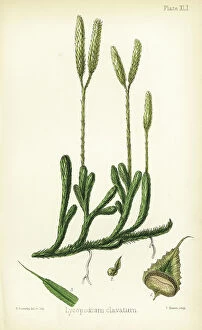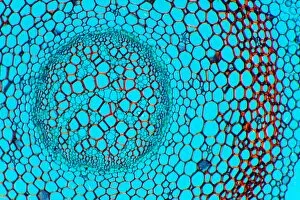Lycopodium Clavatum Collection
Lycopodium clavatum, commonly known as the common club moss or grass with clubs, is a fascinating plant that belongs to the Lycopod officinal family
All Professionally Made to Order for Quick Shipping
Lycopodium clavatum, commonly known as the common club moss or grass with clubs, is a fascinating plant that belongs to the Lycopod officinal family. This unique species can be easily identified by its upright stems bearing spore cones. The handcoloured stipple copperplate engraving by Lambert Junior from a drawing by Pierre Jean-Francois Turpin showcases the intricate details of this remarkable plant. Its black and white illustration highlights the beauty and complexity of Lycopodium clavatum. Also referred to as stag s-horn clubmoss, running clubmoss, or ground pine, it has leaves and spores that are distinct among Pteridophytes. The botany enthusiasts would find it intriguing to explore the characteristics of this species along with Selaginella. Micrographs of clubmoss cone and stem provide further insight into the structure of Lycopodium clavatum. These detailed images reveal its cellular composition in a captivating way. Lycopodium clavatum is an enchanting plant that captivates botanists and nature lovers alike. Its unique features make it stand out among other plants in its family. Whether admired through illustrations or examined under a microscope, this species never fails to amaze with its intricate design and natural beauty.















